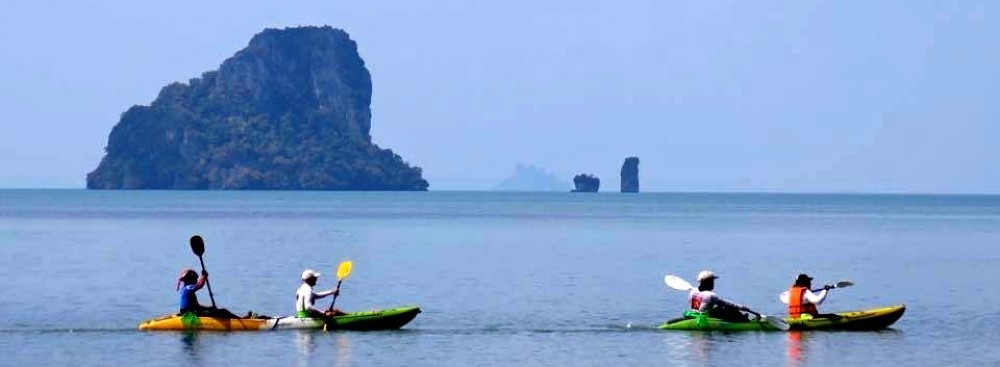 Mike Taylor and I planned a three-day backpacking trip in the Weminuche north of Pagosa Springs, an area that neither of us had hiked before. We watched the weather and delayed one day to get the best window for our trip, which turned out perfect even though the morning we left the National Weather Service predicted late afternoon thunderstorms for only our section of the San Juan Mountains. The clouds did form but not a drop of rain until late the second night when we were well out of the high country.
Mike Taylor and I planned a three-day backpacking trip in the Weminuche north of Pagosa Springs, an area that neither of us had hiked before. We watched the weather and delayed one day to get the best window for our trip, which turned out perfect even though the morning we left the National Weather Service predicted late afternoon thunderstorms for only our section of the San Juan Mountains. The clouds did form but not a drop of rain until late the second night when we were well out of the high country.
 Just reaching the Williams Creek Trailhead was a pleasant surprise because the rolling hills of combined National Forest and remote ranch lands north of Pagosa are a delight to drive through. This is definitely horse country as evidenced by the “Campers with Horses Only” campground designation at our trailhead. (There are numerous other unrestricted campgrounds spread around the area in close proximity).
Just reaching the Williams Creek Trailhead was a pleasant surprise because the rolling hills of combined National Forest and remote ranch lands north of Pagosa are a delight to drive through. This is definitely horse country as evidenced by the “Campers with Horses Only” campground designation at our trailhead. (There are numerous other unrestricted campgrounds spread around the area in close proximity).
Mike and I have hiked a number of trails this summer as WIS volunteers and we’ve experienced, and come to expect, recording a high number of downed trees and water erosion along the trails, but we were pleasantly surprised to find not a one for the first 9 miles. We only saw 2 groups of backpackers the first day (one couple from Ouray with a “borrowed” llama who knew mutual friends).
We camped right at the edge of tree line due to the weather report but could easily have camped, with ample water available from several small lakes, just below the Continental Divide at 12,200’. Mike enjoyed trying his new Hexamid Duplex tent with Ryler his lab, and it was fun to see the two generations of zPacks tents set-up side-by-side. His has new features I’m envious of: double doors, higher roofline, a sewn-in Cuban fiber floor and generous vestibules on both sides. (Don Ahlert had the same tent on the Great Divide.)
The views on this crystal-clear deep-blue-sky morning along the Continental Divide Trail portion of the Loop were spectacular: looking south all the way to New Mexico and north directly into the Weminuche’s isolated Squaw Valley and to Colorado’s most remote 14ers, Sunlight, Windom, and Eolus as well as the Grenadier’s.
 We’d planned two nights in the high country, but found on descending the Cimarrona Creek Trail there were no flat spots for two tents, let alone proximity to fresh water, so we soldiered on and on and on, all the way to the valley below, 16 miles before we could camp. Neither of us believed there wasn’t a spot “just around the bend”. The nine-mile 4,100’+ climb the day before was plenty, and this turn of events on the never-ending downhill gave us little respite except for one photo op under an unusual (for the San Juan’s) conglomerate arch (photo above).
We’d planned two nights in the high country, but found on descending the Cimarrona Creek Trail there were no flat spots for two tents, let alone proximity to fresh water, so we soldiered on and on and on, all the way to the valley below, 16 miles before we could camp. Neither of us believed there wasn’t a spot “just around the bend”. The nine-mile 4,100’+ climb the day before was plenty, and this turn of events on the never-ending downhill gave us little respite except for one photo op under an unusual (for the San Juan’s) conglomerate arch (photo above).
 I had the worst cramp ever after dinner the first night when the temperatures cooled down. Just a minor move while reclined on my mat brought on a massive inner right thigh cramp that levitated me up off the ground in pain. After two minutes of hollering like a wimp, I remembered that I needed to do some stretching after that 4,100′ climb. Mike caught me in the downward dog, which will please my yoga teacher when she see this photo.
I had the worst cramp ever after dinner the first night when the temperatures cooled down. Just a minor move while reclined on my mat brought on a massive inner right thigh cramp that levitated me up off the ground in pain. After two minutes of hollering like a wimp, I remembered that I needed to do some stretching after that 4,100′ climb. Mike caught me in the downward dog, which will please my yoga teacher when she see this photo.
Mike felt like this was prime moose country and validated the thought when he came upon a juvenile moose track at the top of Squaw Valley. Moose were transplanted into Creede nearby a number of years back and it’s unusual to see one in the Weminuche. We did see a number of deer and some young elk and only one bear track.










